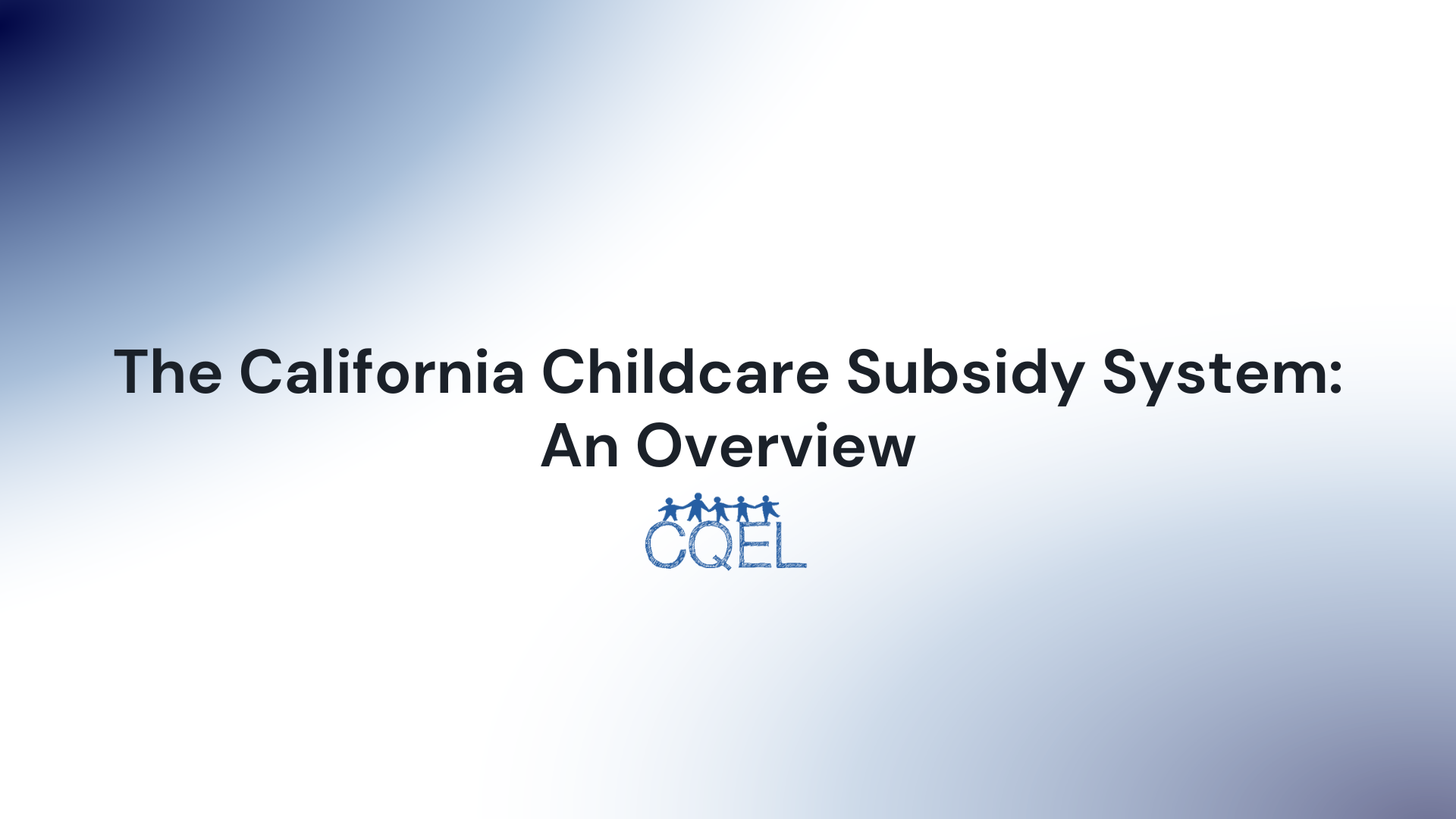The California Childcare Subsidy System: An Overview
These subsidies are available to low-income families and are based on factors such as family size, income, and the age of the children. Over time, these subsidies have undergone numerous revisions, which have had significant impacts on both families and childcare providers.

The childcare subsidy system in California serves as a crucial lifeline for many families, offering financial support that allows them to access quality childcare services. These subsidies are available to low-income families and are based on factors such as family size, income, and the age of the children. Over time, these subsidies have undergone numerous revisions, which have had significant impacts on both families and childcare providers.
The Shift to a Regional Market Rate System
One of the most significant changes in recent years is the shift to a regional market rate (RMR) system. Under this system, subsidy rates are adjusted according to the median market rate of childcare in each region, with the aim of reflecting the true cost of childcare services more accurately. The California Department of Education provides a comprehensive guide to understanding the RMR system.
Implications of the Regional Market Rate System
The RMR system brings both benefits and challenges. On one hand, it provides more equitable access to quality childcare services, particularly in high-cost regions. On the other hand, it may inadvertently create a disparity between regions, as childcare providers in low-cost regions could receive less financial support. This could lead to issues of sustainability for providers in these areas, potentially limiting the availability of childcare services.
The Introduction of the 12-Month Eligibility Rule
Another significant change is the introduction of the 12-month eligibility rule. This rule allows families to maintain their subsidy eligibility for a minimum of 12 months, regardless of changes in their circumstances such as employment or income fluctuations. The aim is to provide families with more stability and reduce the risk of children experiencing discontinuity in their childcare arrangements.
Understanding the Impact of the 12-Month Eligibility Rule
While this rule provides increased stability for families, it also introduces a level of uncertainty for providers. If a family's income increases significantly within the 12-month period, providers may find themselves caring for children whose families can now afford to pay full rates, while receiving only the subsidized amount. To navigate these challenges, providers might find guides provided by the California Department of Education helpful.
Resources for Understanding Changes in the Subsidy System
There are numerous resources available to help childcare providers and families understand the changes in the subsidy system. The Child Care Law Center offers guides and resources explaining the rights and responsibilities of families and providers under the new regulations. The California Child Care Resource & Referral Network provides support and advocacy services to childcare providers and families.
Understanding the recent changes in California's childcare subsidy system is crucial for both families and providers. By staying informed and utilizing available resources, they can navigate the system effectively and ensure children receive the quality care they need.
